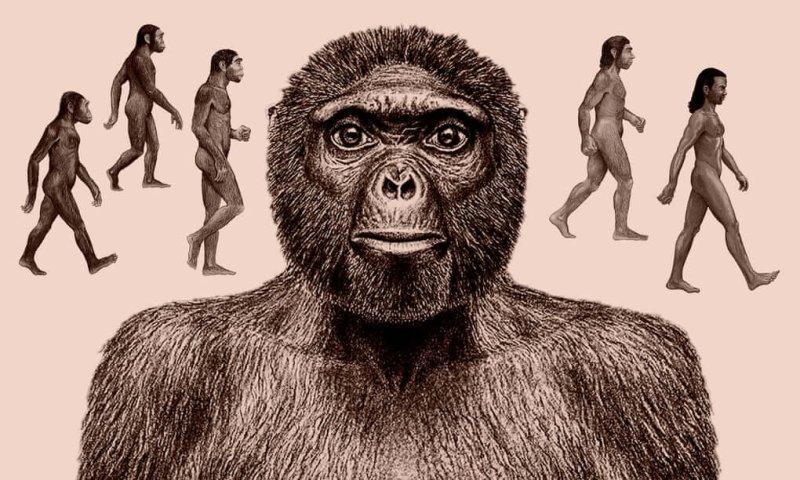The discovery of [Lucy,] Australopithecus afarensis, advanced science in numerous ways.
First, it illuminated one of the greatest mysteries of humanity: why did our ancestors stand upright? Humans resemble our primate cousins in many aspects of anatomy, but we are bizarrely unique when it comes to our two-legged locomotion.
…
But what came before Lucy – and how did bipedality begin? Beyond 4 million years ago, the fossil record of our ancestors remained almost entirely blank.
…
Nicknamed Ardi, [another] skeleton preserved many parts missing from Lucy (including hands, feet, and skull) and was 1.2 million years older. Searchers eventually found more than 100 specimens from other individuals of this species.
Shortly after the Ardi skeleton had been transported back to the lab, paleoanthropologist Tim White made a shocking discovery – Ardi had a grasping big toe of a tree climber. This revelation arrived alongside seemingly contradictory ones; Ardi’s other four toes displayed anatomy similar to upright bipeds.
More revelations affirmed the hybrid style of Ardi’s locomotion: she climbed trees, but also walked erect on the ground.
As Ardi and Lucy attest, we are the last survivors of a peculiar lineage and we must painstakingly reconstruct our complex history bone by bone.































